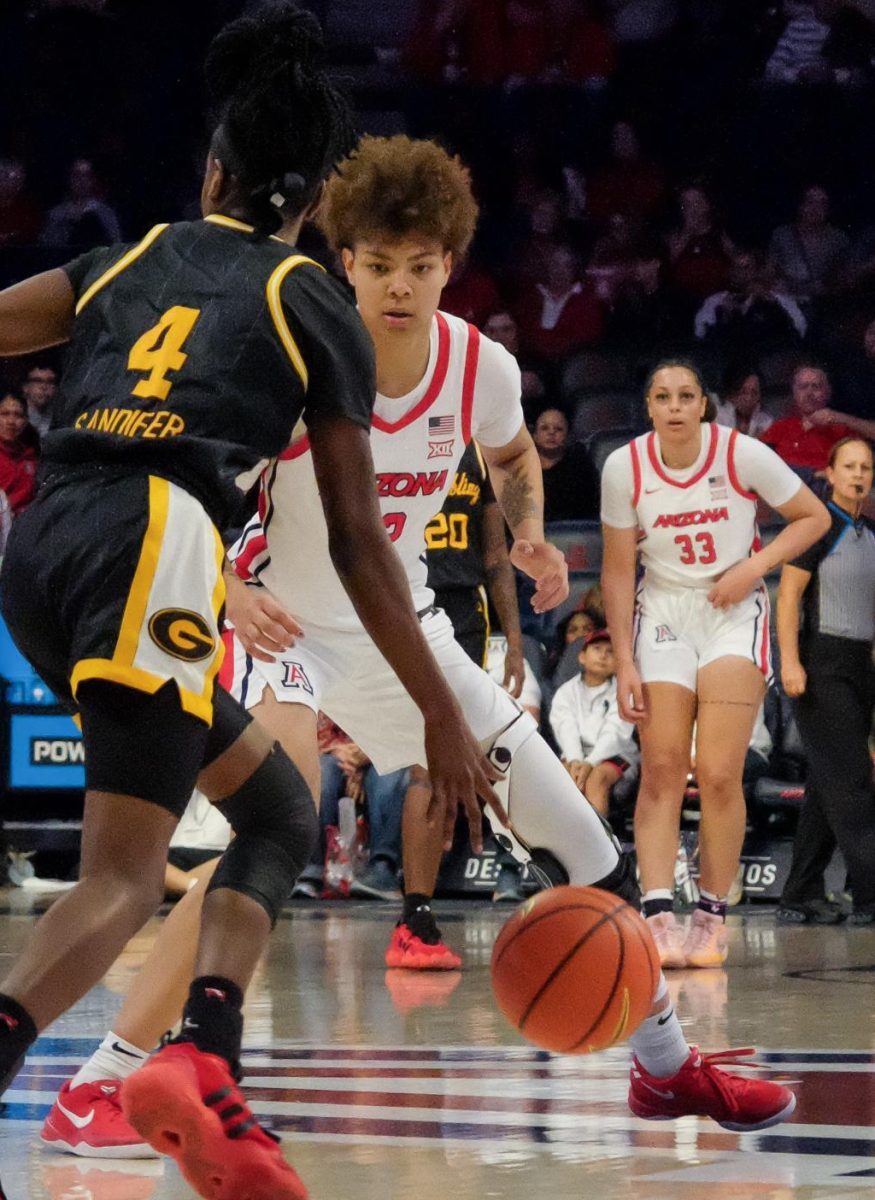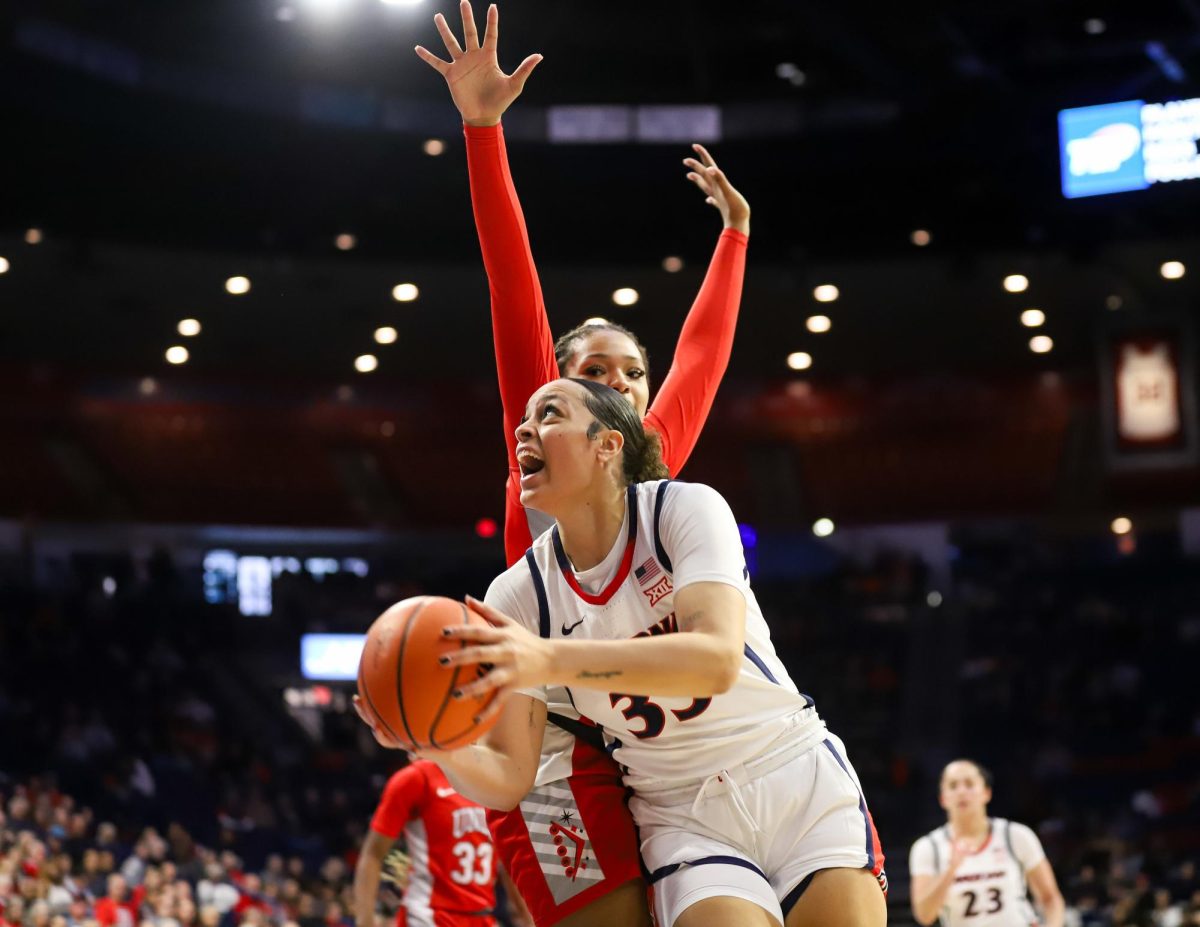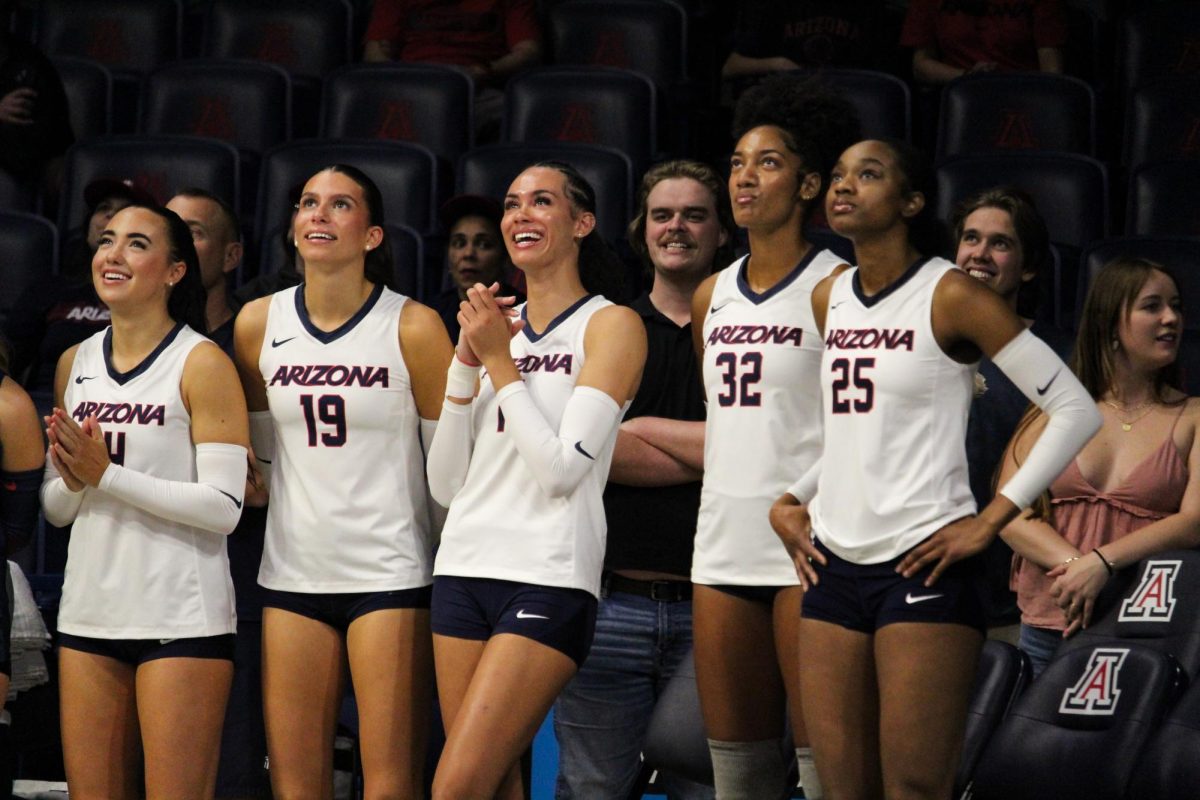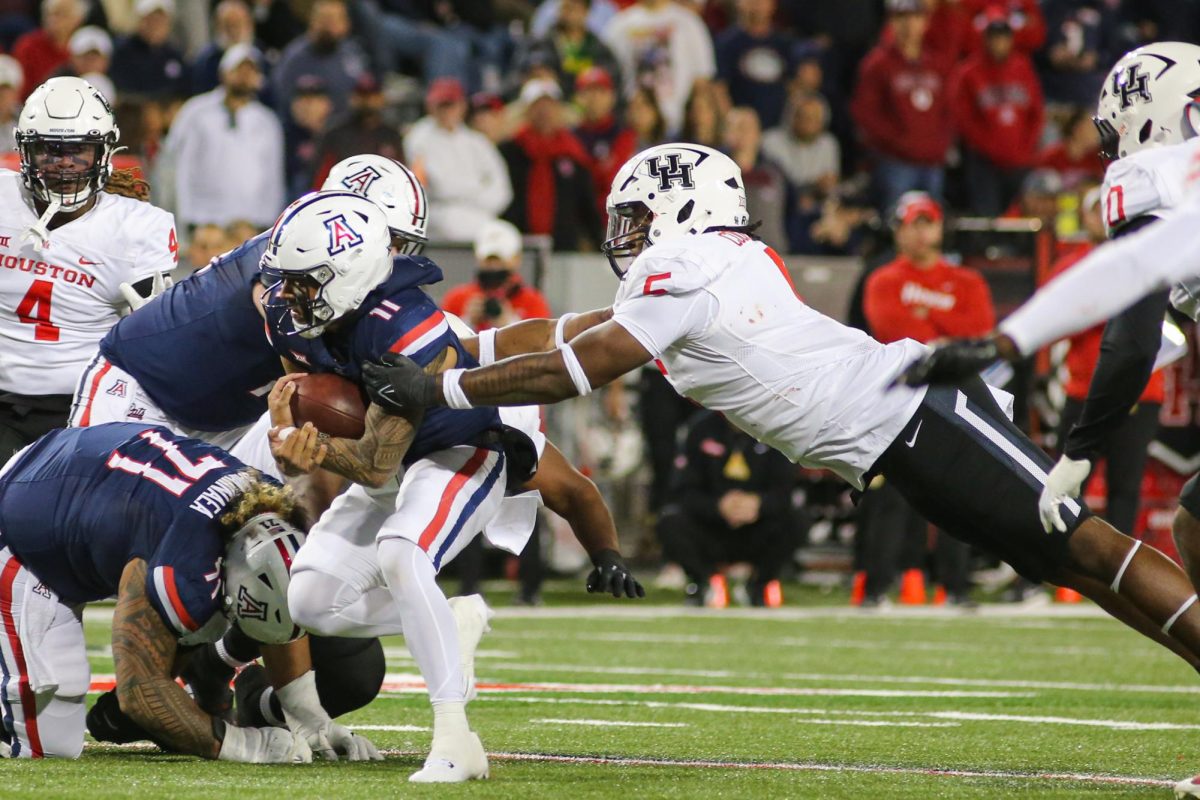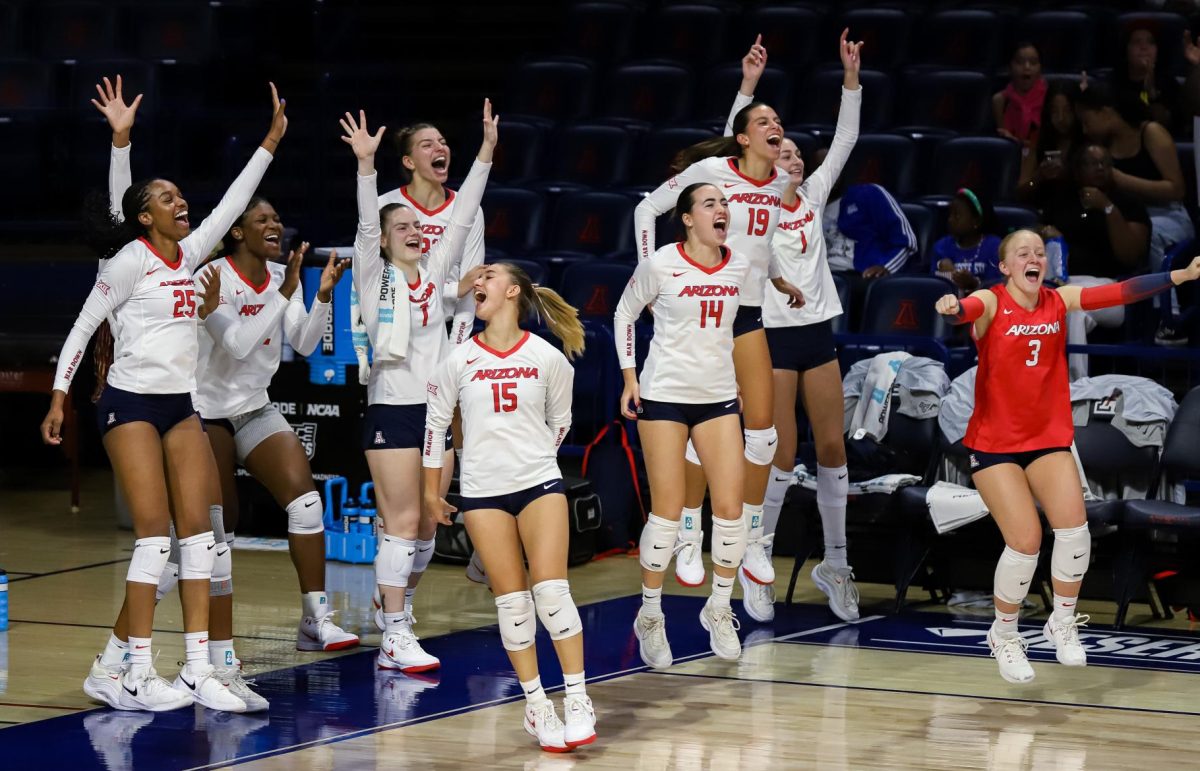When it comes to American sports tournaments, the NCAA Division I men’s basketball tournament is the gold standard.
Men want to be it and women want to be with it.
However, it’s not perfect. The unforgiving single elimination format ensures that whoever survives and advances is the winner, not necessarily the best team.
Arizona should have won the 1998 and 2003 national championships. Had the format been something like the NBA playoffs, where best of seven series reign supreme, the best team would have won.
Then again, Arizona may not have won the 1997 national championship. After going 0-2 on the always tough Stanford/California road trip to finish the season, the Wildcats finished fifth in the Pac-10 Conference.
The fifth-best team in the Pac-10 winning the national championship made that tournament memorable to people who aren’t even UA fans.
The upsets and Cinderella stories are what we love about the NCAA tournament, so wouldn’t it be great to know who they are ahead of time? Doesn’t everyone watching “Back to the Future Part II” wish they had Grays (sic) Sports Almanac?
Ok, so that’s not really possible, but it’s possible to get a glimpse of who’s going to be the next big thing in March by knowing in advance who’s playing.
That’s where the all-mighty Big Dance can take a page from a new tournament and fix one of its weaknesses. The NCAA should follow the College Football Playoff committee’s lead and release its rankings each week.
If you’re not familiar with the NCAA tournament, its committee ranks the teams one to 68 and then seeds them in the four regions based on criteria like making sure teams from the same conference that play a couple times don’t meet early in the tournament or that BYU doesn’t play on Sunday.
So if the UA ended up sixth on Selection Sunday like its current RPI ranking, then it would be in line for a two seed, as the second-best two seed, after the four No. 1 seeds get placed into regions.
That’s where the rankings come in, if the NCAA released the top-68 teams each week, we could see which directional school or “State” school not named after a state will be the new black this year and watch it play in high school-sized gyms on ESPN 8, The Ocho.
Remember how much excitement the CFP rankings generated each week? And they only ranked 25 teams, assigned teams to six bowls and had a tournament of four teams.
A top 68 each week would be absolute must-see TV.
Plus, teams could know each week where they stand. Stanford’s on the rise with an RPI of 26, which would slot it in the six-seed range, but it is 8-2 in its last 10 games, so maybe, if the Cardinal upsets the Wildcats, it can move up to a top-four seed.
Under the pod system, the top-four teams get to play closer to home, like Seattle or Portland, Ore., not Jacksonville, Fla. or Pittsburgh.
Sure, ranking 68 teams is a huge task, but if it’s done each week, it’s less work than starting from scratch on Championship Week.
Cramming should be saved for gen eds the UA forces students to take, not our crown jewel tournament.
_______________
Follow James Kelley on Twitter.




